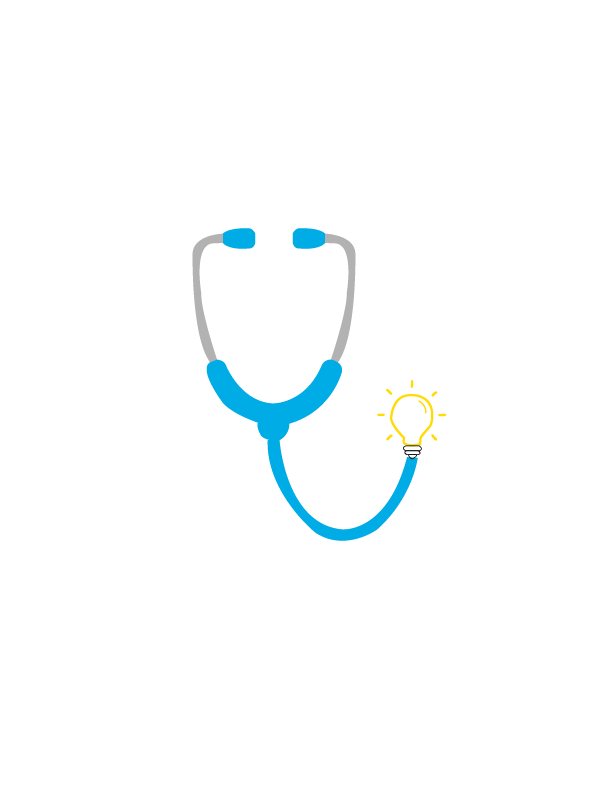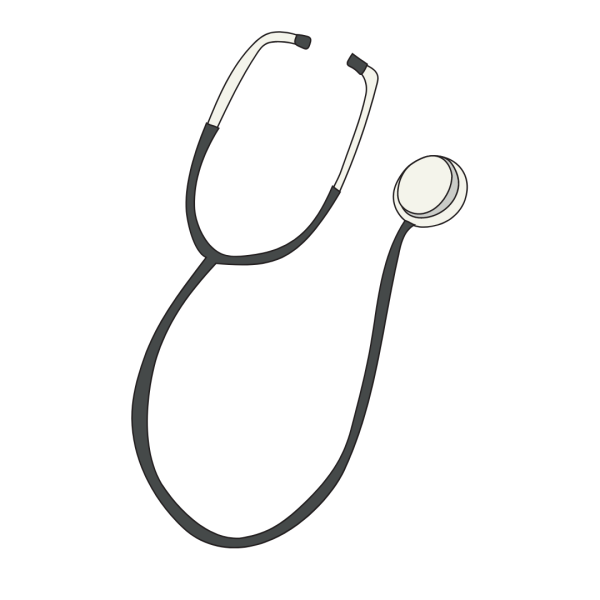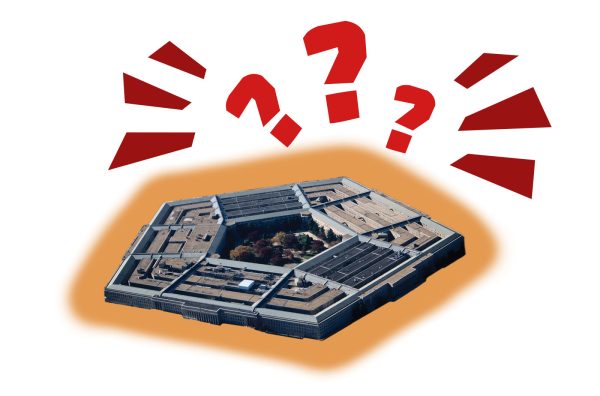The Importance of Health Literacy
Antibodies. Variants. Transmissibility. Who would have thought this kind of language would be heard daily on the news and in our homes and schools? The coronavirus pandemic has highlighted how important it is to have a thorough understanding of health information and jargon to keep ourselves, families, friends and community members healthy. Starting in 1999, we have celebrated Health Literacy Month, a time to recognize the importance of making health information easier to understand and navigate.
According to the Centers for Disease Control and Prevention, nearly 9 out of 10 Americans have limited health literacy skills and struggle with understanding health-related information. This affects how people take medication and manage their health. When nearly half of American adults read between a seventh and eighth-grade reading level, and health information is delivered at a 10th-grade reading level, it is hard to comprehend medication labels, doctor’s office brochures and post-appointment notes. Furthermore, it can be harder for people to comprehend contracts and scientific research when the majority of them are written at an 11th-grade reading standard or higher.
Health literacy mainly affects older individuals who use healthcare most frequently, those with chronic conditions, those in low-income groups and people of racial and ethnic minorities. When an individual is not given the resources to comprehend basic health information, they are more likely to have more emergency room visits, hospitalizations and less likely to follow up on treatment. It is an unfortunate cycle that will continue unless future healthcare workers change the rhetoric on the best way to deliver health information.
“The majority of adults in industrialized nations have difficulty using the printed word with accuracy and consistency. This doesn’t, however, mean they are illiterate,” said Dr. Rima Rudd, health literacy expert at the Harvard T.H. Chan School of Public Health, as she addressed the staff at the CDC on the impact of health literacy on health disparities on Sept.r 22, 2014.
“Normal. Range. Risk. These are all highly mathematical terms that we [the scientific community] take for granted in our use. And we expect people to take action based on those concepts, but we don’t explain it,” said Rudd.
Another aspect of health literacy refers to the five “link” skills: reading and writing, speaking and listening, as well as working with numbers and mathematical concepts. Along with a lack of reading and writing, there is a deficiency in speaking and listening, which is the core of public health today. When the CDC gives alerts and warnings, they want to engage the general public. This becomes difficult when a large portion of the population has difficulty with more than 50% of the five “link” skills.
The best way to improve communicating health information is for medical providers and experts to change the way they ask questions and impart knowledge. Avoiding complicated medical jargon and using common, simple words can minimize the risk of misunderstanding. For example, instead of “abdomen,” they could say “belly,” “lasting a short time” in place of “acute” and “fats” instead of “lipids.” Additionally, using graphics and visuals along with written instructions can give the public more direction while assisting people where english is not their first language.
For future healthcare workers, this is something to keep in mind to best communicate to patients. However, health literacy can be a lesson to everyone on how to improve communication in general. Delivering clear information at an appropriate literacy level is an important aspect of daily life. Ensuring clear communication is a baseline for a healthy society, and something everyone should consider during Health Literacy month and beyond.
Your donation will support the student journalists of Saint Louis University. Your contribution will help us cover our annual website hosting costs.










